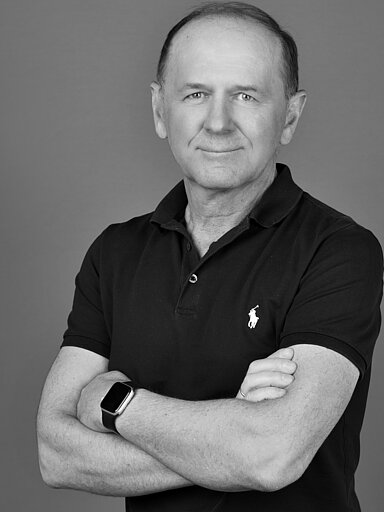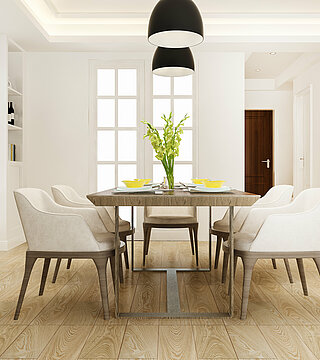Versatile application options
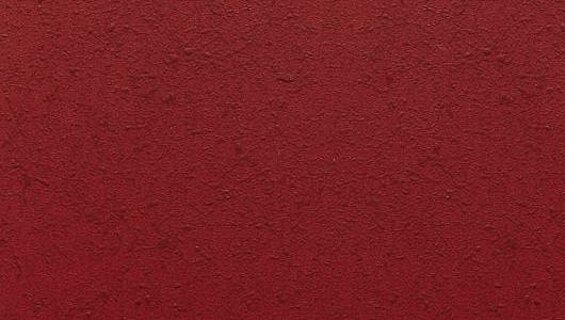
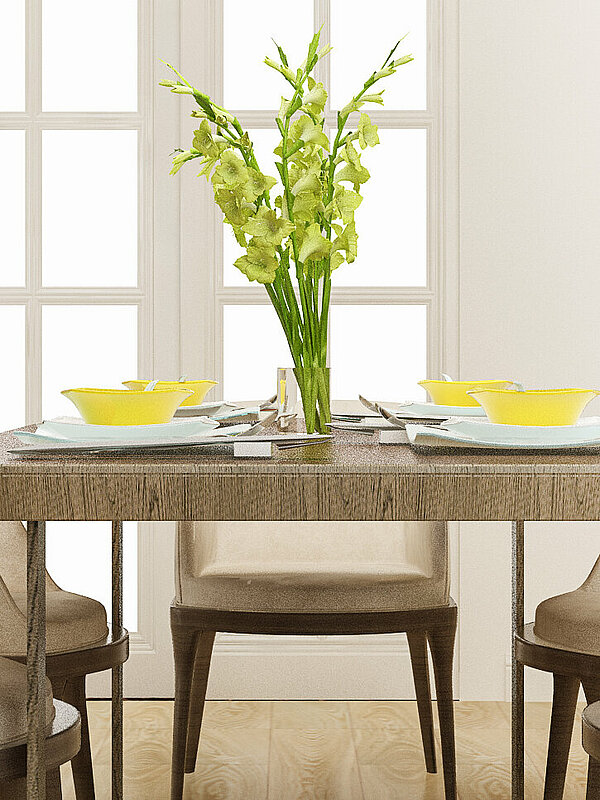
Versatile application options
Description: You can use this simple spraying process to achieve a surface with irregular protrusions that can be seen and felt. The advantage here is that this effect is self-forming after spray applications and doesn’t have to be reworked. It can be created on all substrate materials on which HYDRO colour lacquer can be used. The effect can be appropriately varied by adopting various creative working methods. So every surface becomes a high quality, innovative and individual piece.
Fields of application : Furniture and interior fittings.
How to – Spatter effect
Ensure that the desired substrate material (such as FPY, MDF with priming foil or melamine resin foil) is well sanded. We recommend sanding with 150 - 240 grit. Depending on the desired effect, we also recommend using an initial filler on bare MDF surfaces and edges to achieve an homogenous base.
The drying time for this primer coat is ideally overnight at 20 °C room temperature . Then sand with 280 - 400 grit directly before further coating. Next use a cup gun to uniformly spray HYDRO Spatter effect lacquer HB 65080-(colour tone) in the desired colour tone for the substrate and thinned with 20 % water (if necessary with added Hesse Optimizer HZ 70) at 120 - 150 g/m² to create a colouring coat.
The type of surface achieved is mainly caused by the process of applying the nubs.
Bear in mind the following relationships:
- The more viscous the Spatter effect lacquer, the more raised the nubs will dry.
- The higher the spray pressure, the lower the nubs will be developed.
- The smaller the diameter of the spray nozzle, the lower the nubs will be developed.
This surface should be left to dry for a minimum of 6 and a maximum of 16 h / 20 °C room temperature . The surface should not be sanded! Then use a pressure cup gun to apply HYDRO Spatter effect lacquer HB 65080-(colour tone) in the desired colour tone for the nubs. The nub structure is determined by the spray parameters. Depending on the size and condition of the spatter effect structure applied, the surface must be left to dry overnight (around 16 h) preferably 24 h / 20 °C room temperature . Further impact options are offered by the way the gun is directed during spatter effect application (speed and distance from the workpiece, etc.). Special colour effects can be achieved by using different colour tones for the base tone and the nubs. Hesse COOL-COLOR HB 65285-(colour tone) can also be used to create the coat that provides the base tone. Our HYDRO colour lacquers can be further nuanced as necessary by adding Hesse HYDRO Pigment concentrates (such as HFM 985, black). Maximum added quantity: 5 %.
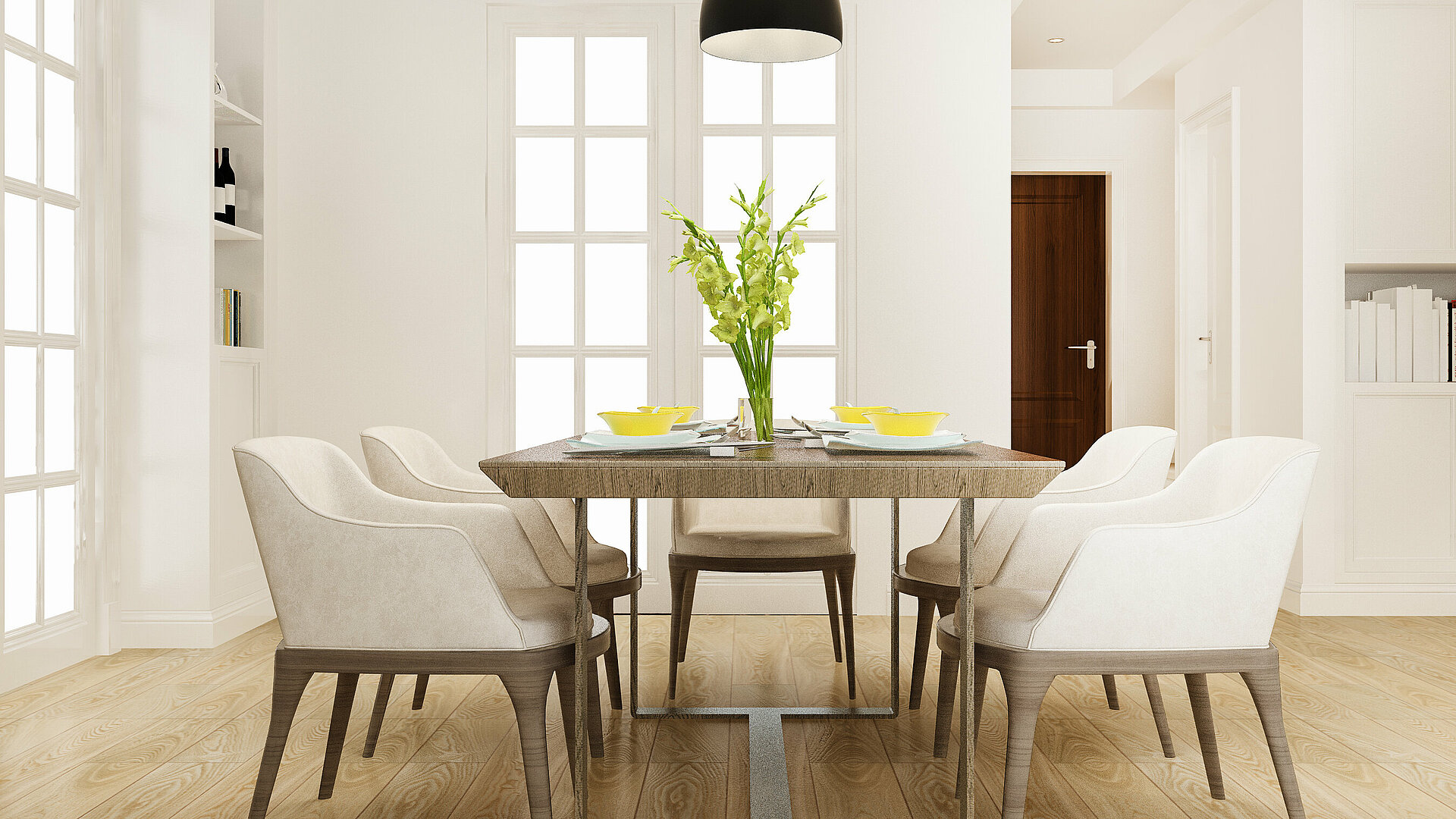
Technical information HYDRO nap effect
Products required
Please refer to the current versions of the technical information and safety data sheets for details on the materials mentioned.
Particular instructionsPlease follow the precise specifications for addition of hardeners and any other additives as well as the drying times. Ensure careful stirring or respectively mixing in of all necessary components. HYDRO lacquered surfaces should be freshly sanded on the next day before the finish is applied to avoid adhesion problems. Each prepared surface is a unique piece! Please conduct a sample coating under real conditions.
Warning: Please observe the precise addition of hardeners and thinners in the information below.
This information is purely advisory and is based on the best knowledge available after careful research in line with current state of the art technology. It is not legally binding. We also refer you to our Terms and Conditions. The material safety data sheet according to regulation (EC) No. 1907/2006 is available on request.
Contact partner
